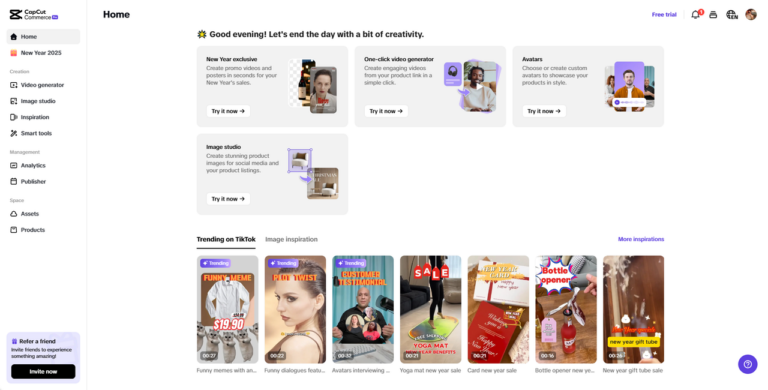Family travel isn’t just about visiting amazing destinations or packing Instagram-worthy photos. It’s about creating memories, exploring the unfamiliar, and doing it all in a way that keeps everyone healthy and safe.
But things can get complicated quickly when a family member has dietary restrictions. Whether it’s managing food allergies, intolerances, or specific preferences, it all comes down to preparation, communication, and a little bit of creativity.
If you’re wondering how to balance the joy of travel with the challenges of dietary needs, this guide has you covered. From planning your trip to handling meal times on the go, you’ll walk away with practical tips to ensure your next family adventure runs smoothly.
Understanding Dietary Needs
Managing dietary needs starts with understanding what they are. Families can deal with a wide range of issues, from severe allergies to more flexible dietary preferences. Recognizing these differences is key to planning a successful trip.
Here’s a quick breakdown of common dietary situations you might encounter within your family dynamic or at your destination:
- Food Allergies: Severe immune responses to peanuts, shellfish, or dairy. Even trace amounts can be dangerous.
- Food Intolerances: Non-allergic challenges like lactose intolerance or gluten sensitivity that cause discomfort but aren’t immediately life-threatening.
- Medical Diets: Conditions like diabetes or celiac disease often come with strict dietary protocols. Some people use diabetic treatments to manage their weight. Some countries may not be ok with that, so check in advance to see if you need to find alternatives to Ozempic or other treatments.
- Ethical or Religious Preferences: Eating kosher, halal, vegetarian, or vegan while traveling can bring its own set of challenges.
1. Pre-Travel Preparation
Every successful trip starts before you leave home. The same goes for managing dietary needs on the road.
Here’s how to set yourself up for success.
Research
Don’t book tickets until you’ve researched your destination. Do they offer plenty of dining options? What does the local cuisine include (hopefully plenty of fruits and veggies for the kids)? How easy is it to find allergen-free foods? Some quick tips:
- Use tools like Yelp, Google Maps reviews, and allergy-friendly restaurant guides to pinpoint must-visit spots.
- Join Facebook groups or online forums where other travelers share their experiences based on dietary preferences.
2. Dining Out Safely

Dining out in unfamiliar locations can feel daunting when you’re managing dietary needs. But with a few strategies, you can still enjoy the local food scene while staying safe.
Read and Double-Check Menus
Instead of just scanning menus for options that “seem” safe, look closer.
- Consider allergen markers (many restaurants explicitly list nut-free or gluten-free dishes).
- Don’t be shy about asking questions – lots of places can modify dishes if you give them a head’s up.
Communicate Clearly with Restaurant Staff
It’s worth taking the time to clearly state your needs to the staff (or even the chef, if possible). Phrases like “My child has a severe peanut allergy” work better than vague descriptions like “We’re trying to avoid peanuts.”
3. Managing Snacks and Meals on the Go
When you’re in transit or enjoying excursions, having safe snacks and quick meals within reach can be the key to avoiding stress.
Pack Portable Snacks
Here are some ideas to cover all your bases:
- Fresh fruit (apples, bananas, or oranges) for natural energy.
- Pre-packaged allergen-safe snacks like rice cakes or veggie chips.
- Single-serve packs of peanut butter alternatives or hummus for dipping.
Plan Ahead, Eat Well, Travel Safely
When you take the time to prepare, clearly communicate, and have a backup plan in place, you can focus on enjoying time with your family rather than worrying over meals.
And here’s the best part – no matter how complex your dietary challenges may seem, they don’t have to stop your adventures.
















